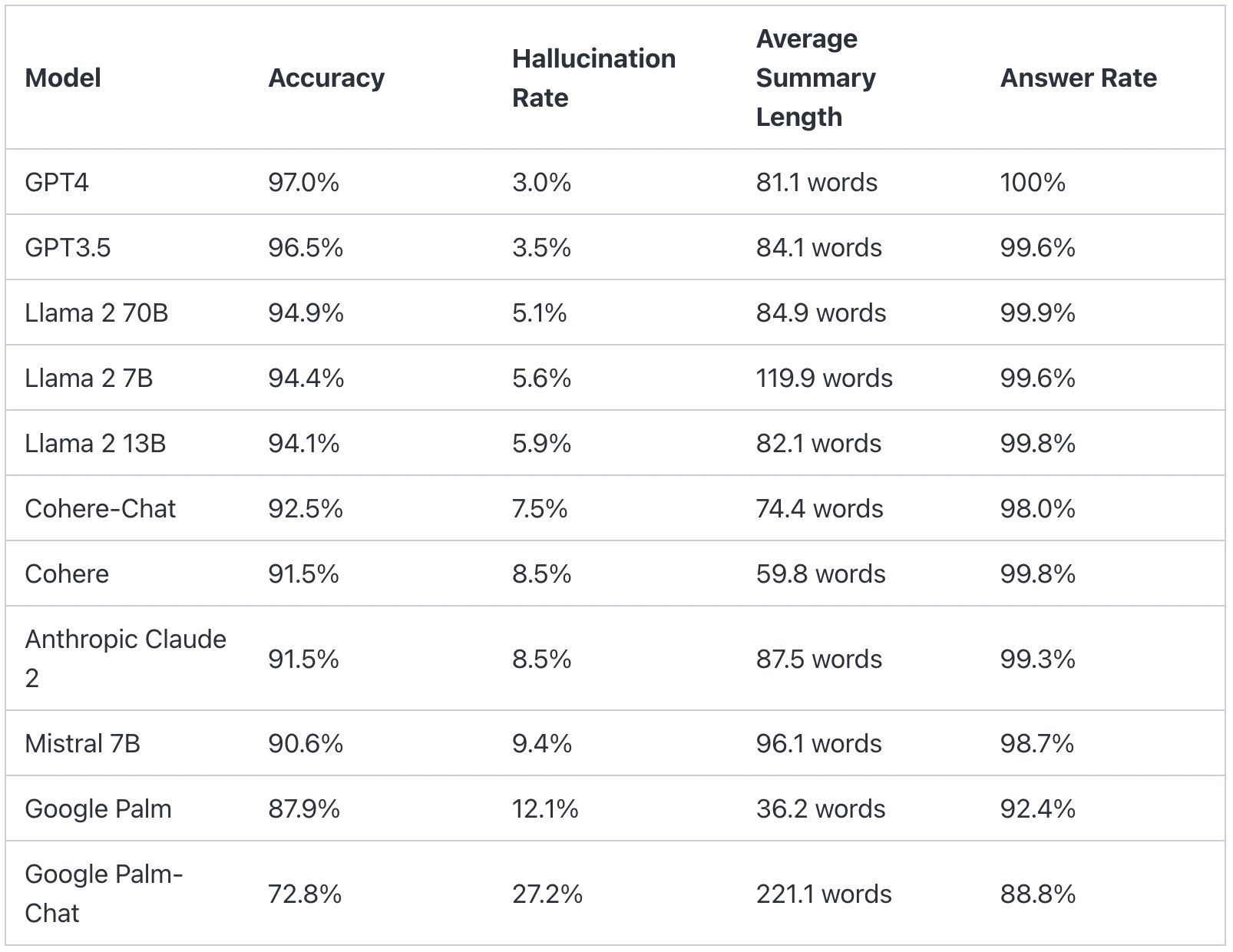Hallucination, Free Courses, Trailblazing Leadership
Greetings, fellow AI explorers! 🤖 Welcome to another jam-packed edition diving deep into the latest artificial intelligence advances, urgent questions, and thought-provoking insights. Grab some popcorn, and let's unravel the world of AI together.

What does "hallucinate" as Word of the Year reveal about AI? 🌀
The Cambridge Dictionary's selection of "hallucinate" as 2023's Word of the Year carries meaningful implications for the field of artificial intelligence. Specifically, it highlights the ongoing struggle with "hallucinations" in LLMs - when they generate fanciful responses not grounded in facts responding to a user’s question or prompt.
This error vividly demonstrates that AI still has fundamental accuracy limitations despite rapid progress. Overcoming hallucinations will be critical for deploying AI safely in areas like healthcare, where reliability is paramount.
Hallucinations = 0% will require extensive efforts - more robust training data, advanced techniques, and likely new architectures. It might not be even possible in reality. For now, be wary of creative flourishes over fact when leveraging generative AI in critical applications. There is still a long journey ahead to achieve human-level comprehension.

How to skill up your Generative AI knowledge with free online courses? 📚
With AI exploding in popularity, many excellent free courses now exist for building literacy. We recommend:
- DeepLearning AI's Generative AI for Everyone — Get an overview of AI tools, and learn from real-world examples of generative AI in use today. (link)
- Google's Introduction to Generative AI — Aimed at explaining what Generative AI is, how it is used, and how it differs from traditional machine learning methods. (link)
- DeepLearning AI's ChatGPT Prompt Engineering for Developers — A free course on ChatGPT prompt engineering by DeepLearning AI and OpenAI. (link)
Given the technology's blistering pace, whether new to AI or a seasoned veteran, it's worth skilling up. These courses from top institutions are a great way to stay on top of AI's state-of-the-art capabilities and limitations.

Who is Mira Murati? 👩💼
OpenAI CEO Sam Altman has mysteriously departed. There are many speculations about his departure. We'll not get into that. But we can tell you that he is joining Microsoft. Some Satya magic at play!
Mira Murati succeeds Sam Altman as interim chief. Her journey from an engineer to leading AI research is an inspirational model, shattering assumptions about women in tech. With an unrelenting drive, Murati pushed her career from mechanical engineering to senior roles in the AI industry.
Now at the helm of one of the top AI labs, Murati's story highlights the power of persistence and courage. She overcame obstacles through intelligence and determination.
Murati proves that women can excel and lead in male-dominated industries like AI. As OpenAI's new interim CEO, she will surely continue trailblazing. Some facts:
- Born in Albania to Albanian parents and educated in Canada, Murati is a mechanical engineer by training who built a hybrid race car as an undergraduate student at Dartmouth College.
- While in school, she interned at Goldman Sachs and Zodiac Aerospace, the French aerospace group.
- Then, she spent three years at Tesla as a senior product manager. She played an essential role in the development of the Model X.
- In 2016, she joined Leap Motion as a VP of Product and Engineering, a startup building hand- and finger-tracking motion sensors for PCs.
- She believed that AGI would be the last and most crucial major technology we built and wanted to be at the heart of it. So, she joined OpenAI in 2018 as VP of applied AI and partnerships. She was promoted to CTO in 2022.
Murati is only 34 years old. 😲

That concludes our expanded edition! Join me next week as we continue exploring the thrilling AI frontier. There are boundless innovations and implications still undiscovered. 🚀
